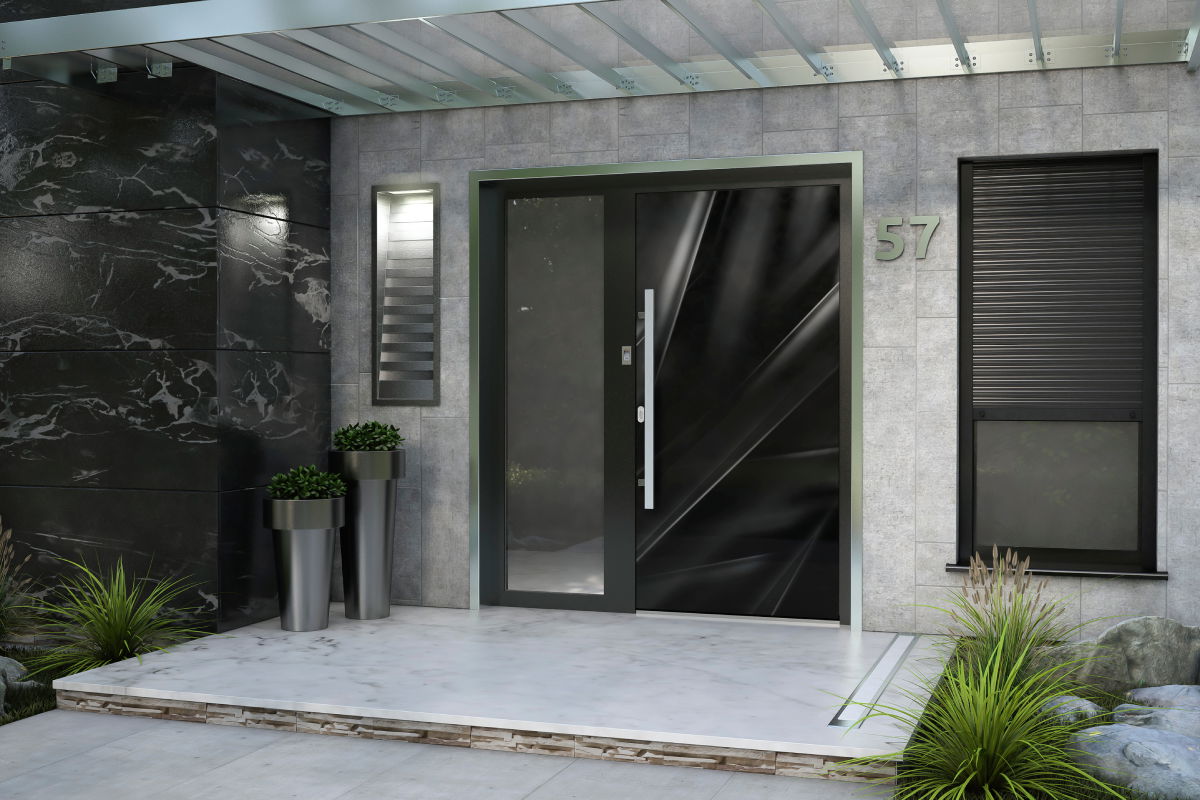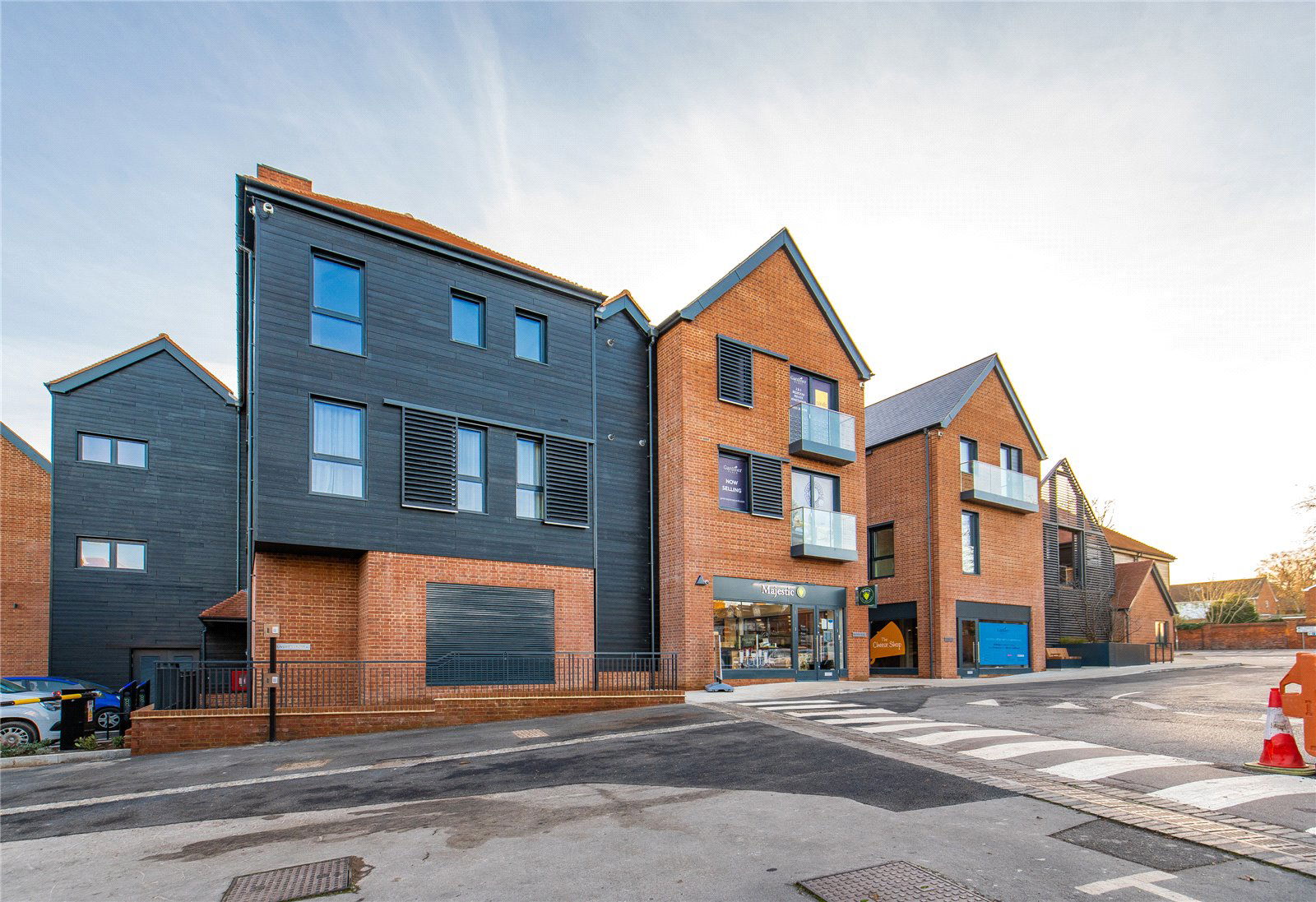Signs of Poor Window Installation
1. Gaps Between the Window Frame and Wall
One of the most obvious signs. If you can see foam protruding from around the window or light leaking through the edges, there’s likely a sizing or sealing issue.
Look for:
- Visible gaps or excessive plastic trims
- Draughts near frames (test using a tissue or candle)
- Unwanted noise or cold spots near the window
AT-ECO Insight: External gaps should be no more than 10mm. Anything beyond that suggests incorrect measurement or rushed fitting.
2. Insufficient or Uneven Insulation
Poor-quality or missing foam impacts energy efficiency and comfort. High-performance foam tape (e.g. ISO-BLOCO ONE) should be used to achieve airtightness.
Look for:
- Missing or uneven insulation around frame edges
- Drafts, especially on windy days
- Visible condensation or temperature swings
3. Misaligned or Uneven Frames
Windows that don’t operate smoothly or appear off-centre could be misaligned, which strains components and reduces lifespan.
Look for:
- Windows that jam or scrape when opening/closing
- Uneven sightlines or gapping sashes
- Missing or poorly installed EPDM membranes
What Proper Installation Looks Like (AT-ECO Standards)
Precise Measurement & Fit
- Openings measured at multiple points per side
- Expansion gaps of 8–10mm to allow for movement
- Frames installed level with calibrated tools
Quality Sealing & Insulation
- Use of expanding foam tape for thermal and air control
- EPDM membranes applied to outer frame edges
- Aluminium powder-coated sills installed to prevent moisture ingress
Secure Fixings & Finishing
- Frames anchored with metal brackets—not foam alone
- Internal and external sealing with compatible vapour-permeable systems
Note: While we use best-in-class installation methods, we do not offer thermal imaging as a standard service.
What to Do If You Suspect a Poor Install
1. Document the Problems
- Take high-resolution photos of affected areas
- Use incense or a candle to show airflow around gaps
- Record temperature readings if one room is noticeably colder
2. Contact the Installer
- Submit a formal complaint by email or letter
- Include photo evidence and a clear explanation of the problem
- Give the installer a deadline (e.g. 14 days) to respond
3. Know Your Rights
- FENSA or Building Control Compliance
- All window replacements in the UK must meet Building Regulations
- Installers must issue a FENSA certificate only for replacement windows and doors
- New builds or alterations to opening sizes must be signed off by Building Control
- Raise a Complaint if Needed
- Trading Standards (via Citizens Advice): Supports consumer rights
- Glass and Glazing Federation (GGF): If the installer is a member, GGF offers mediation services
We Fix Other Installers’ Mistakes
We frequently get called in to correct poor work:
Sevenoaks Case Study: A homeowner recently had 15 windows installed. However, the installation was rushed, and poor-quality sealants were used. Our team reinstalled most of the windows, replacing the faulty foam with expanding tape, adding EPDM membranes, and ensuring proper airtightness.
Visual Reference
Correct Installation Should Show:
- Level, aligned frames
- ISO foam tape installed cleanly without gaps
- Neat silicone application at sills—not messy joints or smears
- Confirmed U-values and FENSA certificates (for replacements only)
Signs of Poor Installation:
- Jagged silicone or excessive trimming
- Visible foam oozing from the sides
- Windows that rattle, jam, or fail to close tightly
- Noise, drafts, or cold patches from day one
Final Thoughts
A poor installation can undermine all the benefits new windows should bring—especially energy efficiency and comfort. If you suspect your installation wasn’t up to standard, take action early. Document, escalate, and if needed—call in the pros.
































